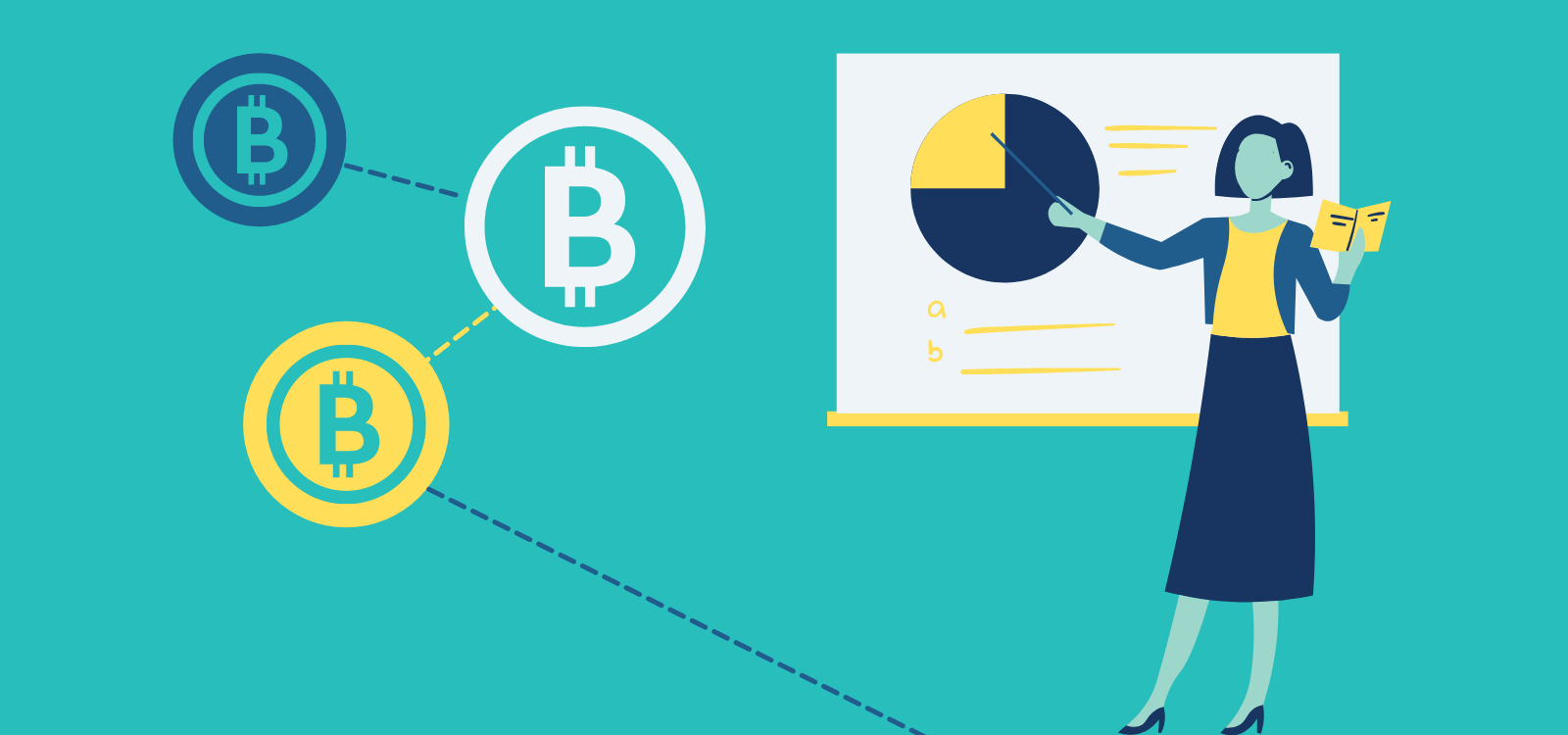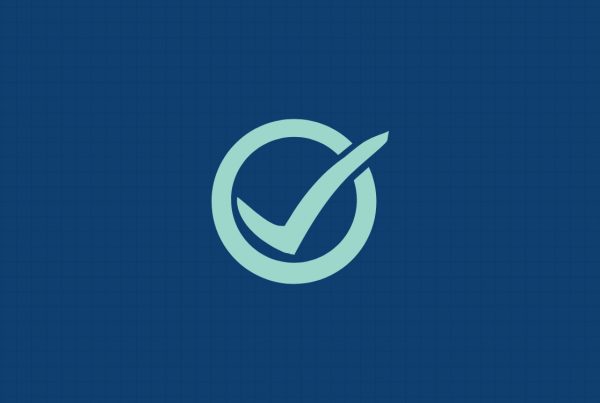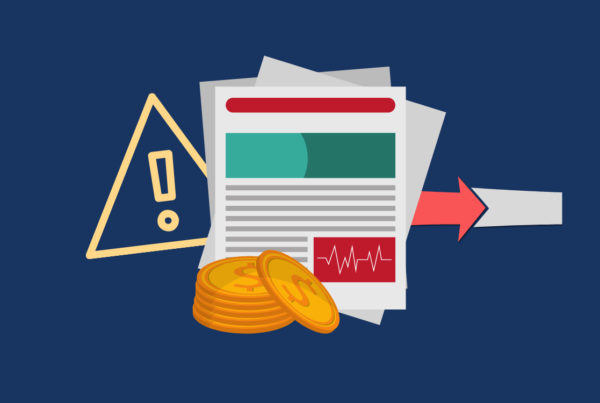Emerging from the ashes of the financial wildfire that spread across the world in 2008, the seeds of a new digital financial ecosystem germinated from an email sent by Satoshi Nakamoto to a group of techies that November:
“I’ve been working on a new electronic cash system that’s fully peer-to-peer, with no trusted third party. The paper is available at bitcoin.org/bitcoin.pdf.”
Two months later, Satoshi created 50 Bitcoins with the very first transaction on a blockchain on January 3, 2009. Today, there are some 4,000 cryptocurrencies in the digital ecosystem with a total market cap reaching $2.2 trillion last month. As of June 2020, at least 45 central banks were reported to be researching payments technology and applications, known as Central Bank Digital Currencies (CBDC), and in October 2020 the Bank for International Settlements as well as seven central banks (including the Federal Reserve, the European Central Bank and the Bank of England) published a report laying out key requirements for CBDC
Fast following on the heels of cryptocurrency innovation, other forms of digital tokens were created, and the use of blockchain and “blockchain – like” technology was expanded in the public and private domains. This facilitated the transfer of a broader range of units of value, digitized other types of tangible and intangible assets and enabled the satisfaction of counterparty obligations under smart contracts wholly unrelated to assets.
In part one of our two-part series, we discuss what “digital assets” are, the blockchain infrastructure that supports them and the emerging products, applications, processes and organizations that use them, known as digital finance (DiFi).
PART TWO: A Digital ‘Token’ for Their Thoughts — Digital Finance from a Regulatory Perspective
—
Digital Financial Assets
In the broadest sense, the term “digital asset” refers to anything that exists in a digital format, including photos, documents, audio, electronic records, websites, data related to individuals or accounts and cryptocurrencies. Physical assets can be converted to digital assets when they are scanned and uploaded to a computer. Digital assets are stored (carried) on digital appliances/storage devices that function like a filing cabinet (eg, computers, telecommunication devices and other modalities).
“Digital tokens” are financial digital assets that refer to a unit of value, which can be owned, assigned (traded) or redeemed later. Because tokens serve different purposes, they can be treated differently under the law and the law governing tokens and blockchains is not uniform across jurisdictions. For a more technical discussion, see this article published in Digital Asset Management (DAM) News.
Cryptocurrencies (digital coins) are the most common form of digital token and are used as a means of payment for goods or services and are “native” to a specific blockchain with a related name (e.g., Bitcoin/Bitcoin BC; Ether/Ethereum BC; NEO/NEO BC). Central Bank Digital Currency (CBDC) refers to a digital representation of fiat money issued by a Central Bank. Stablecoins are privately issued cryptocurrency with a mechanism to minimize price fluctuation to “stabilize” its value, such as linkage to a reserve of stable real assets such as currencies or commodities. For a discussion on CBDC and stablecoins, see this white paper published by law firm Clifford Chance.
They may be stored in “digital wallets” earning interest and may increase in value for later use. Sometimes, they earn dividends (e.g., NEO pays dividends called “GAS”). In some cases digital coin owners also have a say in the design and function of the associated blockchain (e.g., DASH). Also, the sponsor of a blockchain platform (e.g., Ether and NE) may allow other tokens to be transferred on its platform subject to payment of a user fee. For a “crypto” glossary and a list of cryptocurrencies, including their individual and aggregate market cap, see Coinmarketcap.com.
Other tokens serve different purposes, but typically they all function as part of a platform that sits on top of an existing blockchain. The benefit to the token issuer is the savings in time and money required to launch and operate their own blockchain. Anyone can create a token paying the blockchain sponsor to create and validate (“mine”) transactions in his/her/their token. Tokens may be created to activate features in another application (“utility” tokens) called a decentralized application (dApp) or may represent an underlying security (stock, bond, ETF) commodity, loan or other asset (“asset-backed” tokens). In 2020, the commercial real estate firm, Red Swan, partnered with the blockchain sponsor, Polymath, to tokenize real estate. There also are “hybrid” tokens.
Non-fungible tokens (NFTs) represent ownership of something unique (identification code and metadata) for a particular user that can be bought and sold but, unlike cryptocurrency, they are non-interchangeable and do not have any inherent value. They can be used to represent people’s identities, property rights, and artwork. Many are built on the Etherium blockchain (e.g., cryptokitties).
Smart Contracts are misnomers as they are neither “smart,” nor are they necessarily “contracts”! Rather, they are “business rules” translated into computer code (software algorithms) that “run the blockchain” (trigger actions) when predetermined conditions are met. They serve as the basis for transference of a token, but they can also trigger actions that do not involve token transfers, including actions required under a legal contract.
Distributed Ledger Technologies (DLT). A Distributed Ledger is a database that exists across a network of computers at multiple locations or among multiple participants eliminating the need for a central authority or intermediary to process, validate or authenticate transactions or other types of data exchanges. The design eliminates the “single source of failure” present with a centralized or intermediated system, and is quicker, more efficient and cost-effective. The DLT transaction only comes to rest on the ledger when consensus is reached among the parties that it is real and valid. Transaction files are then timestamped and protected with a unique cryptographic signature providing a verifiable and auditable history. DLTs can be public or permissioned (invitation-only) and they can operate solely by smart contracts or governed by an entity.
Blockchains are a type of DLT distinguished by the fact that units of data are displayed in a sequence (blocks on a chain) with each unit dependent upon a logical relationship to all prior units. Public blockchains are used to process peer-to-peer (non-intermediated) anonymous transactions in digital assets (e.g., cryptocurrency) which, when verified, become immutable and cannot be changed. Some blockchains, like Ethereum, will support token applications running on top of the blockchain, in addition to the cryptocurrency (payment token) that is embedded within it.
Digital asset management systems (DAMs) incorporate software, hardware and services that together are designed to manage, store, ingest, organize and retrieve digital assets.
READ MORE: A Quick Look at Money Transmission Laws (+ How to Know Your MTL Obligations)
Ascent is your partner in digitally transforming compliance
Wherever you are in your digital transformation journey today, the pace of that journey will accelerate in the months to come thanks to new possibilities enabled by rapid developments in technology, infrastructure and regulation. Using Ascent’s AI-driven technology to identify and evaluate the impact of existing and emerging regulations across jurisdictions and business activities, you can bring strategy into focus, improve business process velocity, and optimize your business.
Contact us for a custom demo to see how Ascent helps you comply with changing regulation more efficiently and accurately than ever before.
About the Author | Jilaine Bauer is Senior Compliance Consultant at Ascent. Previously, Jilaine worked as a Compliance Officer responsible for regulatory change management at one of the world’s largest providers of financial market data and infrastructure, as an independent regulatory consultant within the financial services industry sector and as general counsel and compliance officer to multi-faceted financial services firms. She holds a law degree from Loyola University (Chicago) and a degree in psychology from the University of Illinois Urbana-Champaign. She also has corporate, advisory and nonprofit board experience. Connect on LinkedIn.







